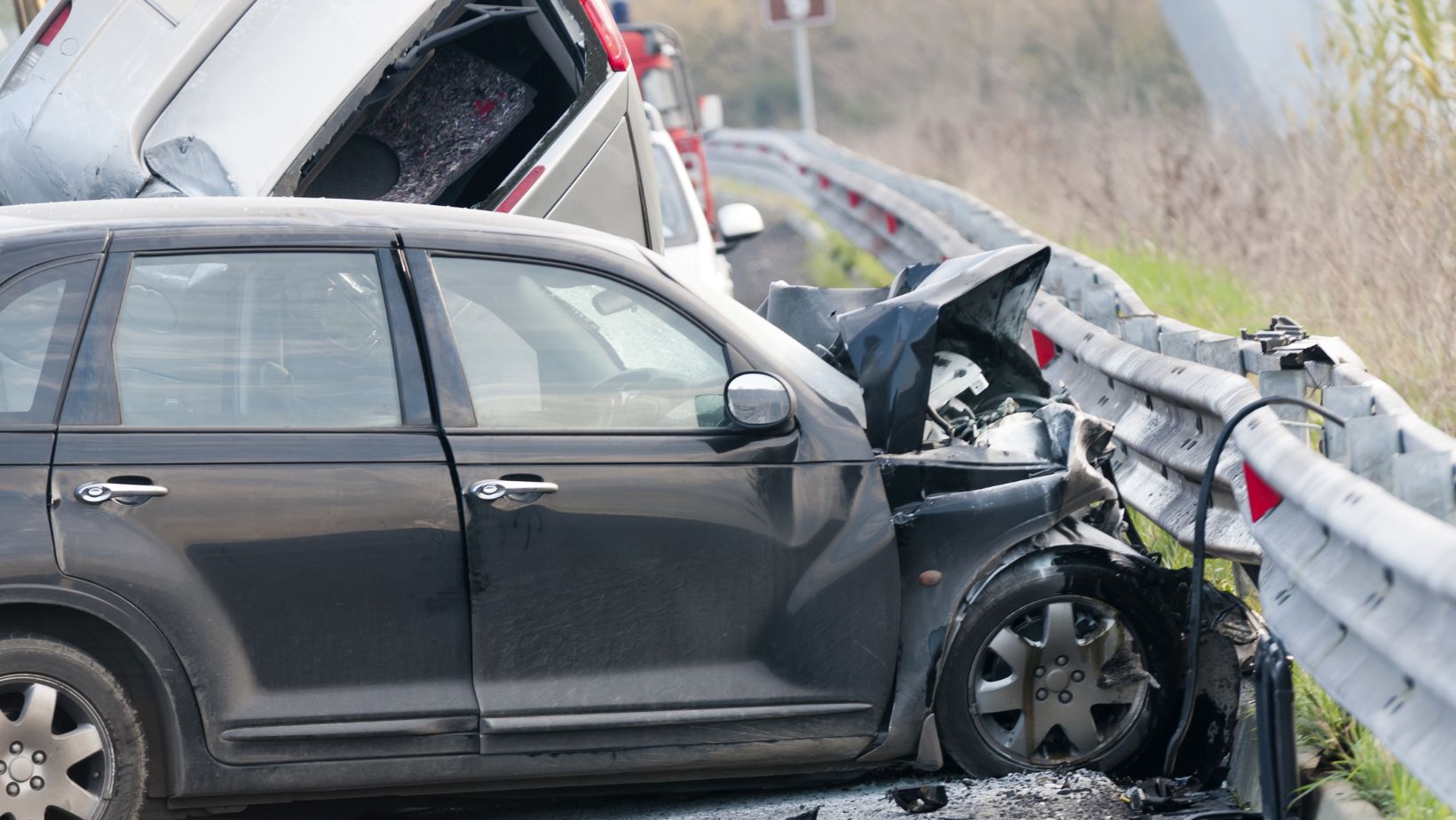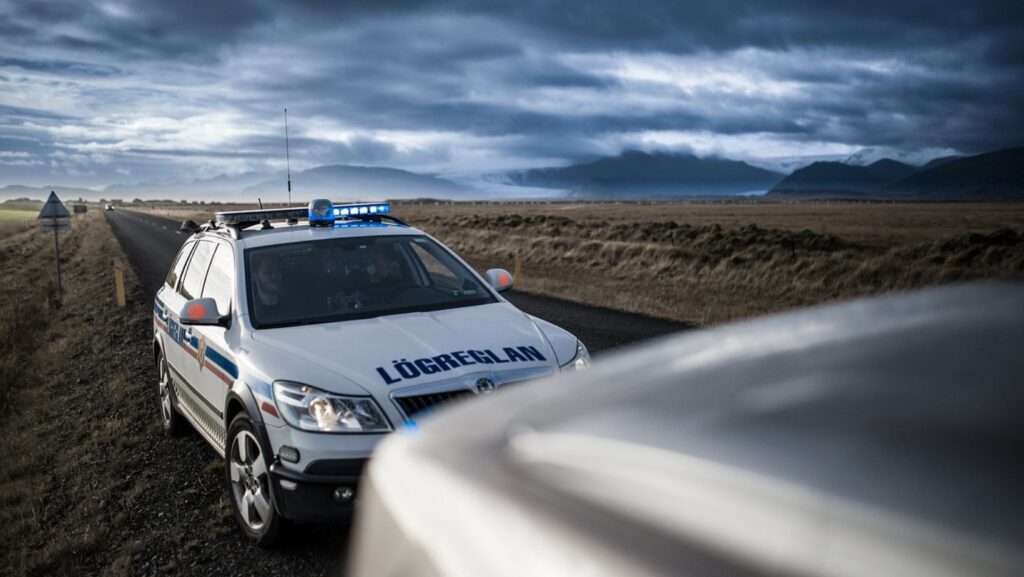In today’s world, technology is rapidly advancing and permeating every aspect of our lives. Its impact is undeniable, from entertainment to healthcare, education, and law enforcement.
One area where technological innovations are proving particularly beneficial is law enforcement, specifically in solving complex cases such as truck accidents. Among these innovations, immersive technologies like Augmented Reality (AR) and Virtual Reality (VR) are emerging as powerful tools for investigators.
To navigate the complexities of truck accident cases, it’s important to better understand injury laws in South Carolina and how they apply to your situation.
In this article, we’ll delve into how AR/VR can aid law enforcers in reconstructing and analyzing truck accident scenes.
Understanding the Role of AR/VR in Truck Accident Investigations
Truck accidents can result in devastating consequences, including loss of life, severe injuries, and significant property damage. As the National Safety Council stated, 5,700 large trucks were involved in fatal collisions in 2021. In fact, trucks accounted for 9% of all fatal crashes.
Investigating these incidents requires meticulous attention to detail and a thorough understanding of the events leading up to the collision. Consider a recent accident in St. Louis where a car crashed into a semi-truck.
According to FirstAlert4, a 2005 Pontiac G6 ran a red light and crashed into a 2019 Freightliner semi-truck. Both drivers were taken to the hospital. The car driver died later, and the semi-truck driver is now stable. The accident reconstruction team is handling the ongoing investigation.
Traditional accident reconstruction methods, such as photographs, witness statements, and physical evidence collection, have limitations in accurately capturing the entire scope. This is where immersive technologies like AR/VR come into play.
By creating accurate reconstructions, AR/VR can also help provide legal recourse for accident victims. Suppose you have been in a truck accident in St. Louis and think the crash resulted from the other driver’s negligence. In that case, reconstruction with AR/VR can help gather insights into whose fault it was.
Your St. Louis truck accident lawyer can use these insights to strengthen your case. This can help you get fair compensation for the damages caused by the other driver’s negligence and fault.
According to TorHoerman Law, gathering evidence is crucial in any civil lawsuit process. Most of the evidence gathering will be handled by your attorney. However, you can also play your part. For instance, you can take pictures, note the information of other drivers involved, etc.
Let’s look at ways AR/VR can facilitate truck accident investigations.
Accurate Reconstruction of Accident Scenes
Accurate reconstruction of truck accident scenes with AR and VR technologies has emerged as a promising approach in accident investigation and analysis. By leveraging these immersive technologies, investigators can recreate the accident scene in a virtual environment with precision and detail.
One of the primary benefits of using AR/VR is the ability to create an interactive and three-dimensional representation of the incident. This enables investigators to explore various factors, such as vehicle positions, road conditions, and environmental variables, from multiple perspectives.
Due to such accuracies, AR/VR is already being used in crime scene investigations. An IJISAE study states that interconnection across evidence chains can help reconstruct the crime scene. Combined with computer-assisted forensic technologies and expertise, this can help determine the origins of the incident. Thus, these technologies enable a more comprehensive examination of each case.
Furthermore, AR/VR reconstruction facilitates the integration of real-world data, including vehicle telemetry, GPS coordinates, and witness testimonies, into the virtual environment. This data-driven approach enables investigators to validate their hypotheses and enhance the accuracy of the reconstruction, leading to more reliable findings.
Enhanced Visualization and Analysis
AR overlays digital information onto the real-world environment, providing investigators with contextual data and enhancing their understanding of the accident scene. Relevant information, such as vehicle trajectories, speed measurements, and collision points, can be displayed directly in the physical space through AR.
This technology enables real-time collaboration among investigators and facilitates more accurate reconstruction of events. AR is already being poised as the next big thing in data visualization.
Researchers and developers propose using AR with technologies like the Internet of Things (IoT). A study from IEEE Xplore Journal shows that AR can help visualize IoT data in a way that simplifies generating insights. It can also help make smart decisions based on the data received from IoT devices.

Conversely, VR offers a fully immersive experience by transporting users into a virtual representation of the accident scene. Utilizing VR headsets, stakeholders can explore the scene from different perspectives and interact with digital reconstructions of vehicles, roadways, and environmental factors.
This immersive environment allows for detailed analysis of factors contributing to the accident, such as road conditions, visibility, and human factors.
Frequently Asked Questions
How Accessible Are AR/VR Technologies for Law Enforcement Agencies?
While AR/VR technologies were once considered niche and expensive, they have become increasingly accessible in recent years. Numerous off-the-shelf solutions and customizable platforms are now available at varying price points, making them feasible for adoption by law enforcement agencies.
Are Any Privacy Concerns Associated With Using AR/VR in Accident Investigations?
Privacy concerns are always a consideration when implementing new technologies in law enforcement. However, in the case of AR/VR for accident reconstruction, the focus is primarily on recreating public spaces and events rather than intruding on individuals’ privacy. Additionally, measures can be implemented to ensure sensitive data is handled securely and complies with relevant regulations.
Can AR/VR Simulations Be Used as Evidence in Court?
While AR/VR reconstructions can provide valuable insights into truck accident cases, their admissibility as evidence in court may vary depending on jurisdiction. However, they can be presented as demonstrative evidence to help judges and juries better understand complex accident scenarios and make more informed decisions.
What Are the Potential Limitations of AR/VR in Truck Accident Investigations?
Despite their numerous benefits, AR/VR technologies are not without limitations. Challenges such as data accuracy, hardware limitations, and the need for specialized training may impact their effectiveness in certain situations. Additionally, the technology continually evolves, and ongoing research is needed to further address these limitations and enhance its capabilities.

In conclusion, immersive technologies like AR/VR have the potential to revolutionize the way law enforcement agencies investigate truck accidents. These technologies offer a comprehensive approach to accident investigation by providing accurate reconstructions and enhancing visualization capabilities.
While challenges and limitations exist, the benefits of integrating AR/VR into the investigative process are clear. As technology advances, law enforcement agencies must embrace these innovations to improve their effectiveness in solving complex cases.




